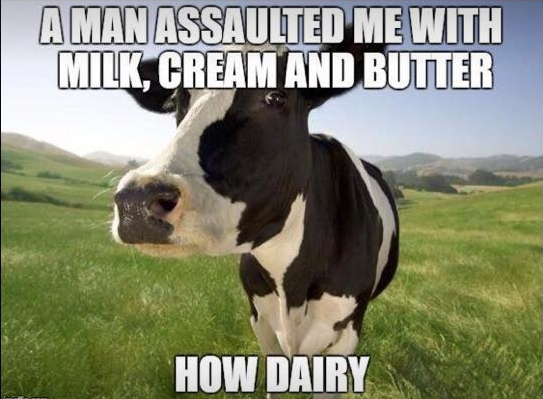 |
A little bird was flying south for the winter. It was so cold, the bird froze and fell to the ground into a large field. While she was lying there, a cow came by and dropped some dung on her. As the frozen bird lay there in the pile of cow dung, she began to realize how warm she was getting, as the dung was actually thawing her out. She lay there all warm and happy, and soon began to sing for joy. A passing cat heard the bird singing and came to investigate. Following the sound, the cat discovered the bird under the pile of cow dung, promptly dug her out and ate her.
For most men and boys-soon-to-be-men, long gone are the days when milking a cow was a chore as common as doing the dishes. Now mostly done by high-tech machines at commercial dairies, the task of milking a cow by hand once brought farmers and their families into close bonds with the animals that helped to feed them every day. If you’re a city dweller, it’s unlikely you’ll come across a situation that demands you milk a cow, save for some post-apocalyptic future where healthy, milk-producing dairy cows are readily available and you’re in desperate need of some ice cream. But that’s not the point. The point is, milking a cow by hand is a tradition deep-rooted in the blood of our agricultural ancestors and learning how to do it is as much about preserving that knowledge as it is about practicing it.